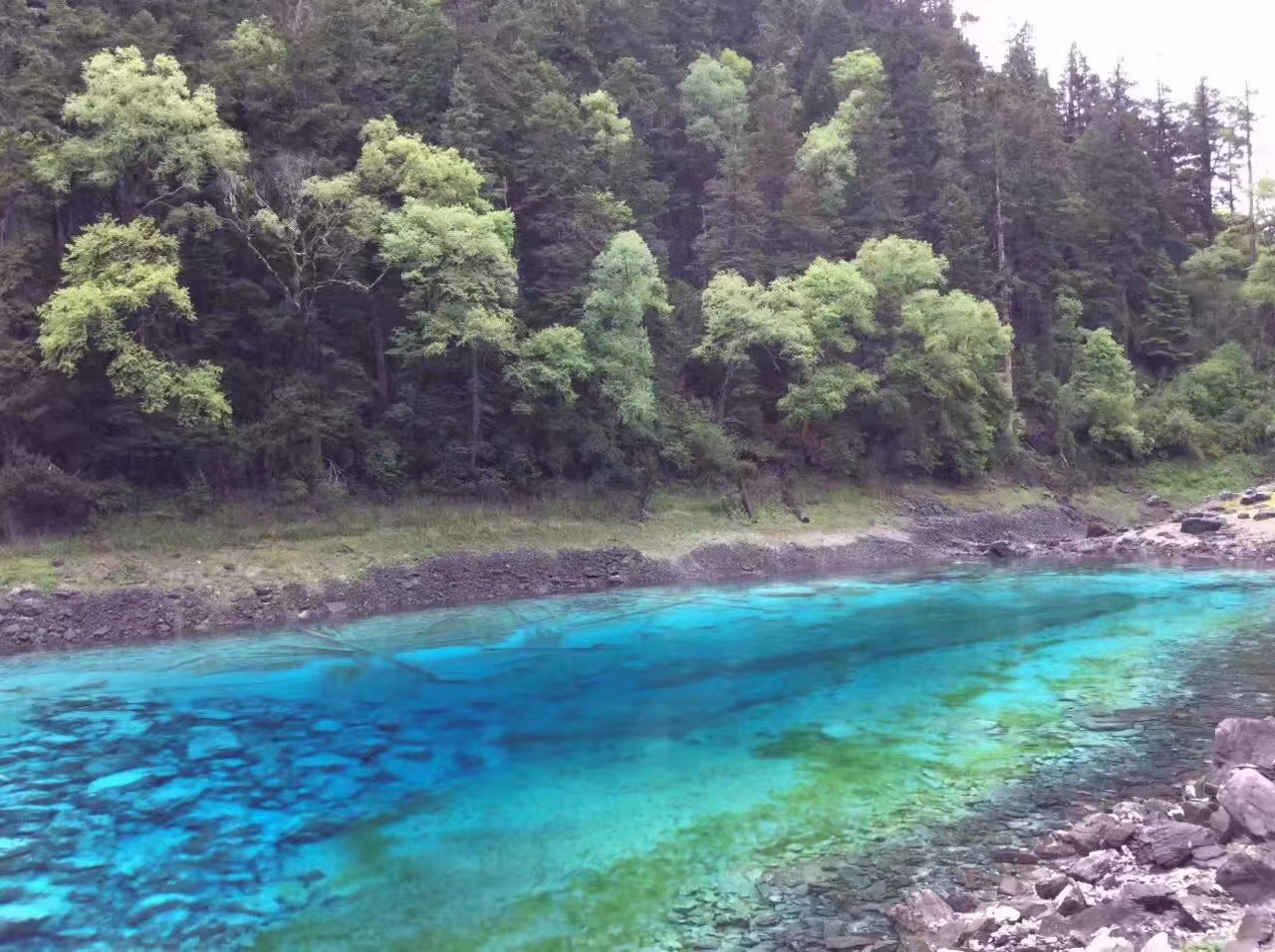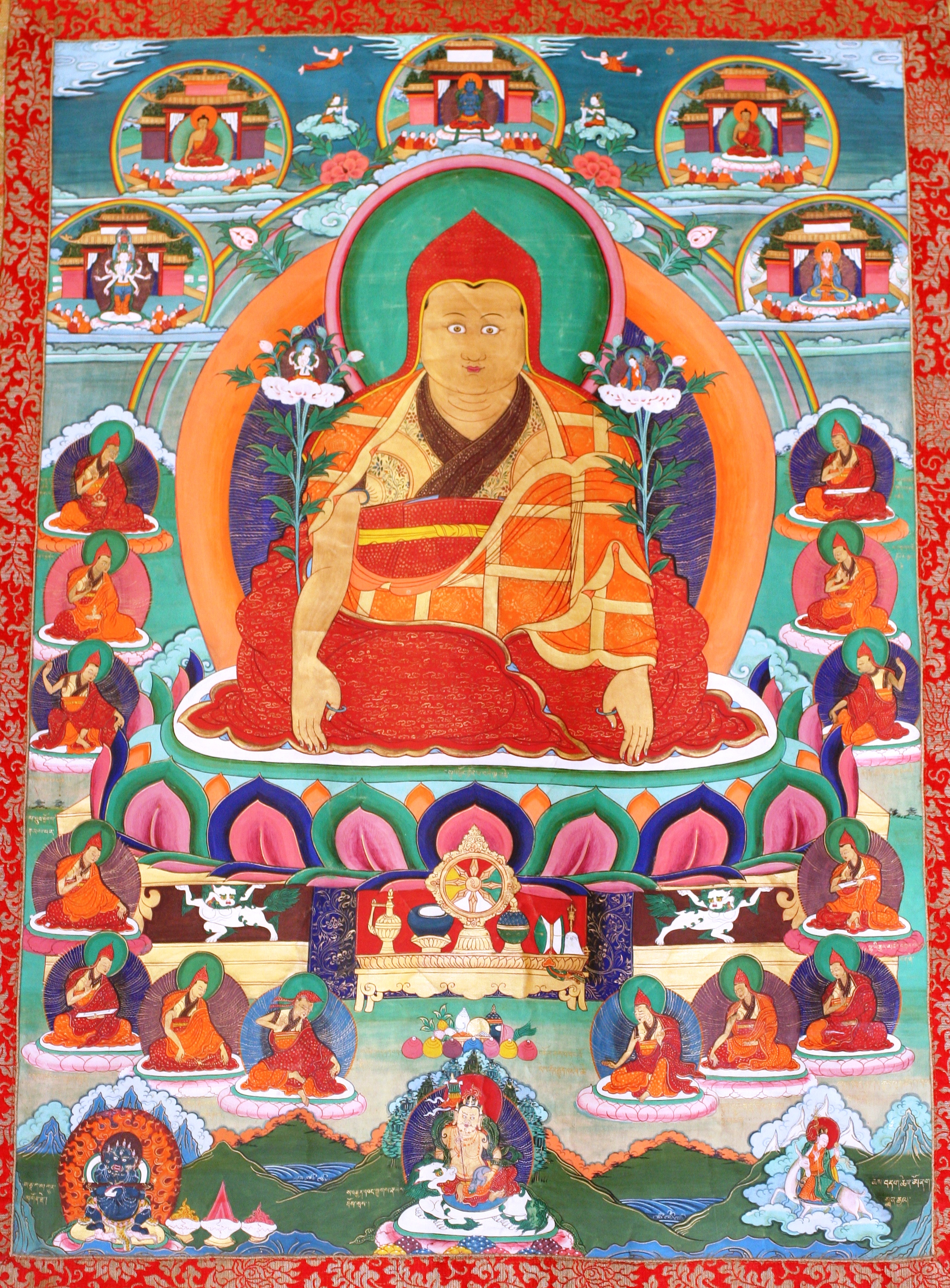|
Aba, Sichuan
Ngawa or Aba town ( Burmese: ငါဝမြို့, Standard Tibetan: Ngawa) is the seat of Ngawa (Aba) County, within the Ngawa (Aba) Tibetan and Qiang Autonomous Prefecture in northwestern Sichuan, China. It is located on the Tibetan plateau at an elevation of . The city is about from Jigdril, 254 km from Barkham ( Ma'erkang) and from Mewa ( Hongyuan). Ngawa (Aba) County has 70,000 inhabitants, about 8,000 of them Tibetan Buddhist monks, and others are Tibetan Buddhist nuns. The city has about 20,000 people. There are 37 monasteries and nunneries in the area, two of the largest in Aba City itself. There are mainly grasslands and forested valleys in the south. Culture Aba County is mainly inhabited by Tibetans. The major festivals are: *Great Prayer Festival: January 8 to January 15 according to the Tibetan calendar *Six-Four Festival: June 11 to June 17 according to the Tibetan calendar *Zachong Festival: September 15 to September 17 according to the lunar cale ... [...More Info...] [...Related Items...] OR: [Wikipedia] [Google] [Baidu] |
Kirti Gompa
Kirti Gompa ( bo, ཀིརྟི་དགོན་པ།), is a Tibetan Buddhist monastery founded in 1472 and located in Ngawa, Sichuan province, in China, but traditionally part of Amdo region. Numerous other associated Kirti monasteries and nunneries are located nearby. As of March 2011, the Kirti Gompa was said to house 2,500 monks. Between 2008 and 2011, mass arrests and patriotic re-education programs by Chinese authorities have targeted the monks, reducing the population substantially to 600 monks. The wave of Tibetan self-immolations began at Kirti Gompa. History Kirti Gompa was founded in 1472 by Rongpa Chenakpa, a disciple of Tsongkhapa. It was established as a branch of Taktsang Lhamo Kirti Gompa (Nama Ge’erde Si) near the border with Gansu Province in 1693 but has outgrown its mother monastery. The first Kirti Monastery founded by lama Kirti Rinpoche was in Gyelrang. These days the two main Kirti Monasteries are in Ngawa town and Taktsang Lhamo in Zoige co ... [...More Info...] [...Related Items...] OR: [Wikipedia] [Google] [Baidu] |
Self-immolation Protests By Tibetans In China
As of May 2022, 160 monks, nuns, and ordinary people have self-immolated in Tibet since 27 February 2009, when Tapey, a young monk from Kirti Monastery, set himself on fire in the marketplace in Ngawa City, Ngawa County, Sichuan. According to the International Campaign for Tibet (ICT),''Self-immolation fact sheet'', (2 December 2019), https://savetibet.org/tibetan-self-immolations/ "Chinese police have beaten, shot, isolated, and disappeared self-immolators who survived." In 2011, a wave of self-immolations by Tibetans in Tibet, as well as in India and Nepal, occurred after the self-immolation of Phuntsog of 16 March 2011 in Ngawa County, Sichuan. Protests are ongoing. Summary Most of the protesters have been monks and nuns, or ex-monks Some of the protesters who set themselves on fire were teenagers. Most protests have taken place in Amdo near the Kirti Monastery, especially in Ngawa City, Ngawa County, Sichuan, others in Gansu and Qinghai and Tibet Autonomous Region. ... [...More Info...] [...Related Items...] OR: [Wikipedia] [Google] [Baidu] |
Jiuzhaigou Valley
Jiuzhaigou (; ) is a nature reserve and national park located in the north of Sichuan Province in southwestern China. A long valley running north to south, Jiuzhaigou was inscribed by UNESCO as a World Heritage Site in 1992 and a World Biosphere Reserve in 1997. It belongs to the category V (Protected Landscape) in the IUCN system of protected area categorization. The Jiuzhaigou valley is part of the Min Mountains on the edge of the Tibetan Plateau and stretches over . It is known for its many multi-level waterfalls, colorful lakes, and snow-capped peaks. Its elevation ranges from . History Jiuzhaigou (literally "Nine Settlement Valley") takes its name from the nine Tibetan settlements along its length. The remote region was inhabited by various Tibetan and Qiang peoples for centuries. Until 1975 this inaccessible area was little known. Extensive logging took place until 1979, when the Chinese government banned such activity and made the area a national park in 1982. An Admi ... [...More Info...] [...Related Items...] OR: [Wikipedia] [Google] [Baidu] |
Mani Nunnery
Mani may refer to: Geography * Maní, Casanare, a town and municipality in Casanare Department, Colombia * Mani, Chad, a town and sub-prefecture in Chad * Mani, Evros, a village in northeastern Greece * Mani, Karnataka, a village in Dakshina Kannada district of India * Mani, Iran, a village in Kerman Province, Iran * Mani, Nigeria, a town in Katsina State, Nigeria * Mani, Tibet, a village in the Tibet Autonomous Region of China * Maní, Yucatán, a small city in Yucatán, Mexico *East Mani, a municipality in the Laconia regional unit, Peloponnese, Greece * El Mani, a community on the island of Puerto Rico * Mani Peninsula, a geographical and cultural region in Greece *West Mani, a municipality in the Messenia regional unit, Peloponnese, Greece People * Mani (name), ( fa, مانی), a given name and surname (including a list of people with the name) **Mani (prophet) (c. 216 – 274), an Iranian prophet ** Mani (musician) (born 1962), an English rock musician ** Mani (actor ... [...More Info...] [...Related Items...] OR: [Wikipedia] [Google] [Baidu] |
Jonangpa
The Jonang () is one of the schools of Tibetan Buddhism. Its origins in Tibet can be traced to early 12th century master Yumo Mikyo Dorje, but became much wider known with the help of Dolpopa Sherab Gyaltsen, a monk originally trained in the Sakya (Tibetan Buddhist school), Sakya school. The Jonang school’s main practice comes from the Kalachakra cycle. The Jonang re-established their religio-political center in Golok people, Golok, Nakhi people, Nakhi and Mongols, Mongol areas of Kham and Amdo with the school's seat () at Dzamtang Tsangwa () dzong and have continued practicing uninterrupted to this day. An estimated 5,000 bhikkhu, monks and samanera, nuns of the Jonang tradition practice today in these areas. However, their teachings were limited to these regions until the Rimé movement of the 19th century encouraged the study of non-Gelug schools of thought and practice.Gruschke 2001, p.72 History The monk Künpang Tukjé Tsöndrü (, 1243–1313) established a kumbum or ... [...More Info...] [...Related Items...] OR: [Wikipedia] [Google] [Baidu] |
Setenling Gompa
Setenling Gompa, Ser Gompa, (pinyin: Saigesi) is a Jonangpa (or Jonang) monastery about a kilometre from the eastern edge of Aba or Ngawa City ( bo, Ngawa), the main city in Ngawa (Aba) County, within the Ngawa (Aba) Tibetan and Qiang Autonomous Prefecture (Tibetan: Amdo) in northwestern Sichuan, China. It is located on the Tibetan plateau at an elevation of 3,200 metres (10,499 ft.). The head lama, Thubten Dorje Rinpoche, is still living in the monastery. Description One enters the courtyard through a gate between the office cum shop of the monastery and a mani wall with the large restored Assembly Hall in front. The Assembly Hall contains many images of Kunkhyen Dolpopa, Jetsun Kunga Drolchok, Taranatha, Namnang Dorje as well as of the deities Cakrasamvara and Kalacakra. Left of the Assembly Hall are the Tsenyi Dratsang with a walled garden for debating, the Gonkhang with an image of Takkiraja, the 'tiger-riding' form of Mahakala, and the Drubkhang or meditation he ... [...More Info...] [...Related Items...] OR: [Wikipedia] [Google] [Baidu] |
Nangzhik Gompa
Nangzhik Monastery (, , locally pronounced "Narshi" or "Nogi"), formerly known by several other names (), is a monastery of the Bon religion in Amdo, modern Ngawa Town, Sichuan, China. It is about a walk up a shortcut to reach the monastery on a hill to the north of the town. On a hill to the east is another Bon monastery named Togden or Topgyel which has a large stupa nearby. History Founded in 1108 as Gyelten Püntsok Monastery () by Nyimadzin (), it was moved to its present site in 1754. It is a large monastery with about 800-1000 monks, and it is said to be the biggest Bon monastery in Tibet. Nangzhik is a branch of Nogi (Duiansi) at Changla in Songpan County Songpan; former Songzhou, is a county of northwestern Sichuan province, China, and is one of the 13 counties administered by the Ngawa Tibetan and Qiang Autonomous Prefecture. It has an area of , and a population of approximately 68,000 composed .... A history of the monastery was published in 1994. Footnotes R ... [...More Info...] [...Related Items...] OR: [Wikipedia] [Google] [Baidu] |
Tsongkhapa
Tsongkhapa ('','' meaning: "the man from Tsongkha" or "the Man from Onion Valley", c. 1357–1419) was an influential Tibetan Buddhist monk, philosopher and tantric yogi, whose activities led to the formation of the Gelug school of Tibetan Buddhism.Tsong khapa (2006), pp. ix-x. He is also known by his ordained name Losang Drakpa (, Skt. Sumatikīrti) or simply as "Je Rinpoche" (, "Precious Lord"). He is also known by Chinese as Zongkapa Lobsang Zhaba or just Zōngkàbā (宗喀巴). Tsongkhapa was born in Amdo, the son of a Tibetan Longben Tribal leader who also once served as an official of the Yuan Dynasty. As a monk, he studied under numerous teachers of the various Tibetan Buddhist traditions which flourished in central Tibet, including Sakya, Jonang, Kagyu and Kadam. Tsongkhapa was a prolific author with a broad knowledge of Buddhist philosophy, logic, hermeneutics and practice. He wrote numerous works on madhyamaka philosophy (such as ''Ocean of Reasoning,'' a comment ... [...More Info...] [...Related Items...] OR: [Wikipedia] [Google] [Baidu] |
Gelugpa
240px, The 14th Dalai Lama (center), the most influential figure of the contemporary Gelug tradition, at the 2003 Bodhgaya (India). The Gelug (, also Geluk; "virtuous")Kay, David N. (2007). ''Tibetan and Zen Buddhism in Britain: Transplantation, Development and Adaptation,'' p. 39. Routledge. is the newest of the four major schools of Tibetan Buddhism. It was founded by Je Tsongkhapa (1357–1419), a Tibetan philosopher, tantric yogi and lama and further expanded and developed by his disciples (such as Khedrup Je, Gyaltsap Je and Gendün Drubpa). The Gelug school is alternatively known as New Kadam (''bKa’-gdams gsar-pa''), since it sees itself as a continuation of the Kadam tradition of Atisha (c. 11th century). Furthermore, it is also called the Ganden school, after the first monastery established by Tsongkhapa. The Ganden Tripa ("Ganden Throne Holder") is the official head of the school, though its most influential figure is the Dalai Lama ("Ocean Teacher"). Allying ... [...More Info...] [...Related Items...] OR: [Wikipedia] [Google] [Baidu] |





.jpg)
